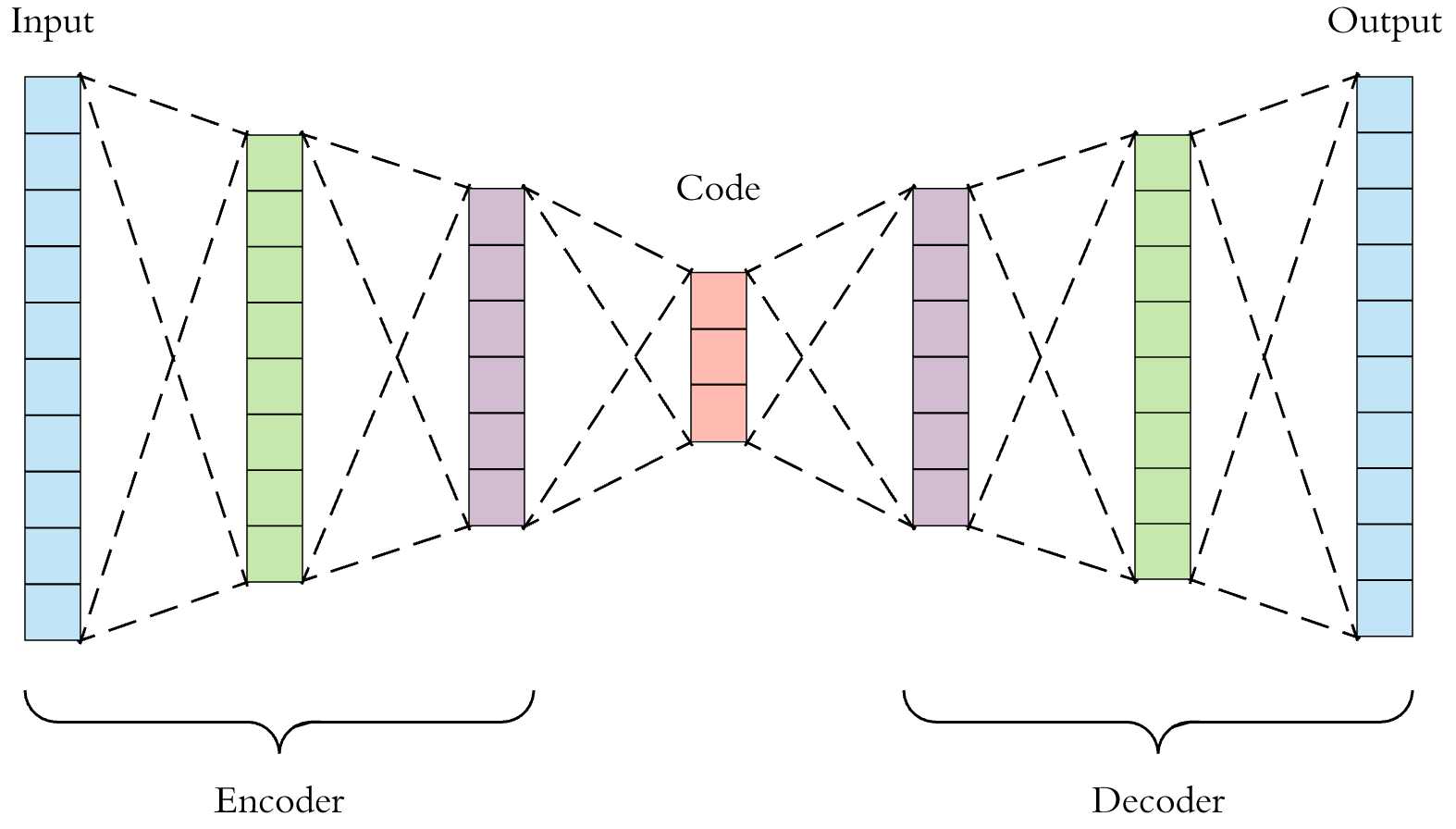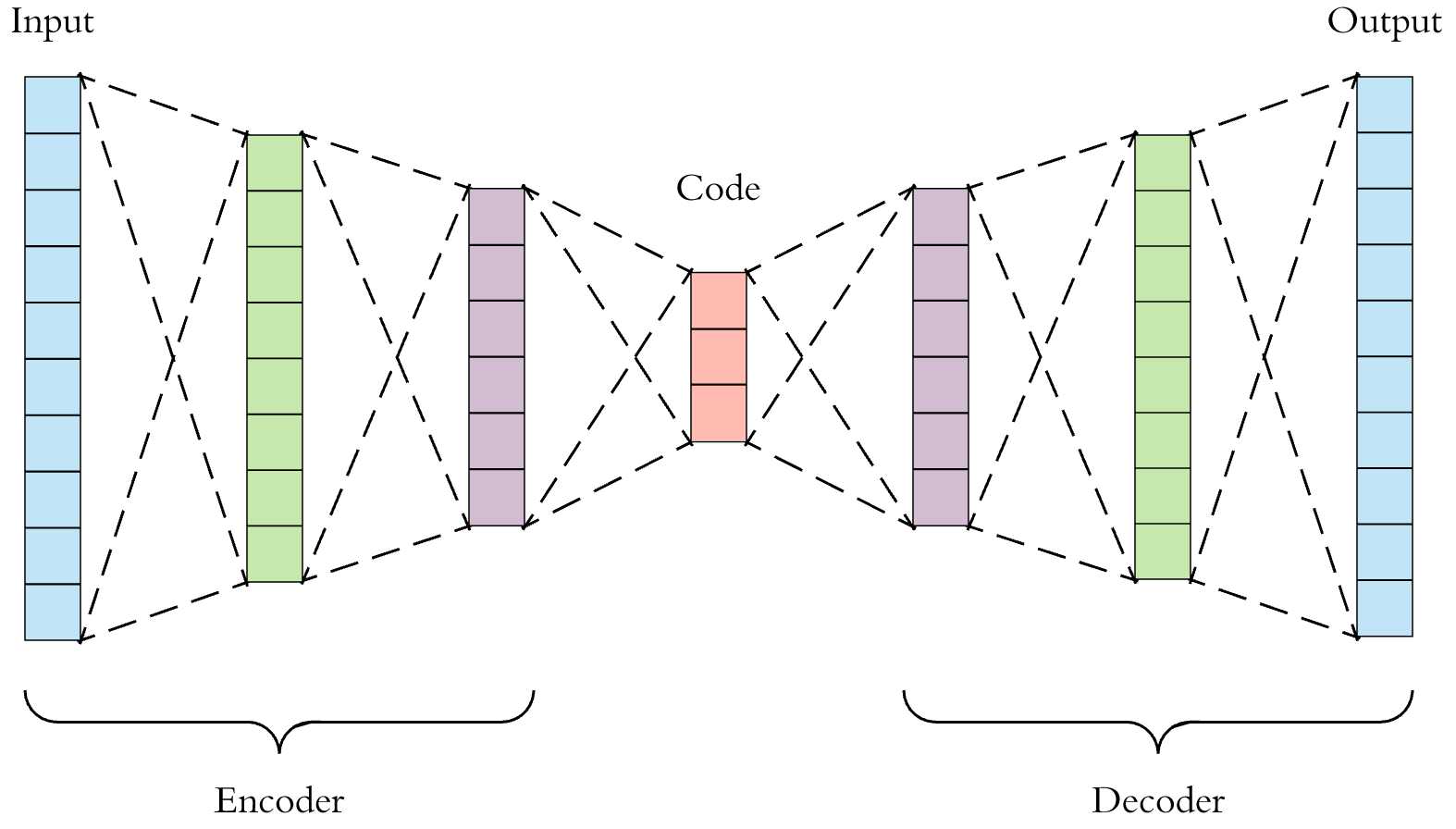Autoencoders are a type of artificial neural network that can learn to reproduce a given set of data using only the data itself as an input. Autoencoders are frequently used to reduce the dimensionality of data, learn complex patterns in data, and to learn data representations for unsupervised learning tasks.
An autoencoder consists of an encoder, which transforms the input into a hidden-layer representation, and a decoder, which reconstructs the input back from this hidden-layer representation. The encoder and decoder can both be feed-forward networks, recurrent networks, or a combination of the two. The input is encoded into a compact representation called the latent space, which can then be used for a variety of tasks, such as classification, regression, clustering, denoising, and more.
Autoencoders can be trained using a variety of algorithms, the most common of which is back-propagation. Autoencoders can also be trained using variants of reinforcement learning, such as provenance-based reinforcement learning.
In addition to reducing the dimensionality of data, autoencoders are also used to provide insight into the structure of the data. For example, they can be used to uncover relationships between data points and learn features that are important for downstream tasks.
Autoencoders are also used in other areas, such as for building generative models and outlier detection. More recently, autoencoders have been used in deep learning applications such as image segmentation and image classification.
Autoencoders are an important tool in the development of artificial intelligence and machine learning systems. They are used extensively in research for a variety of applications, and continue to be a popular method for learning data representations.







